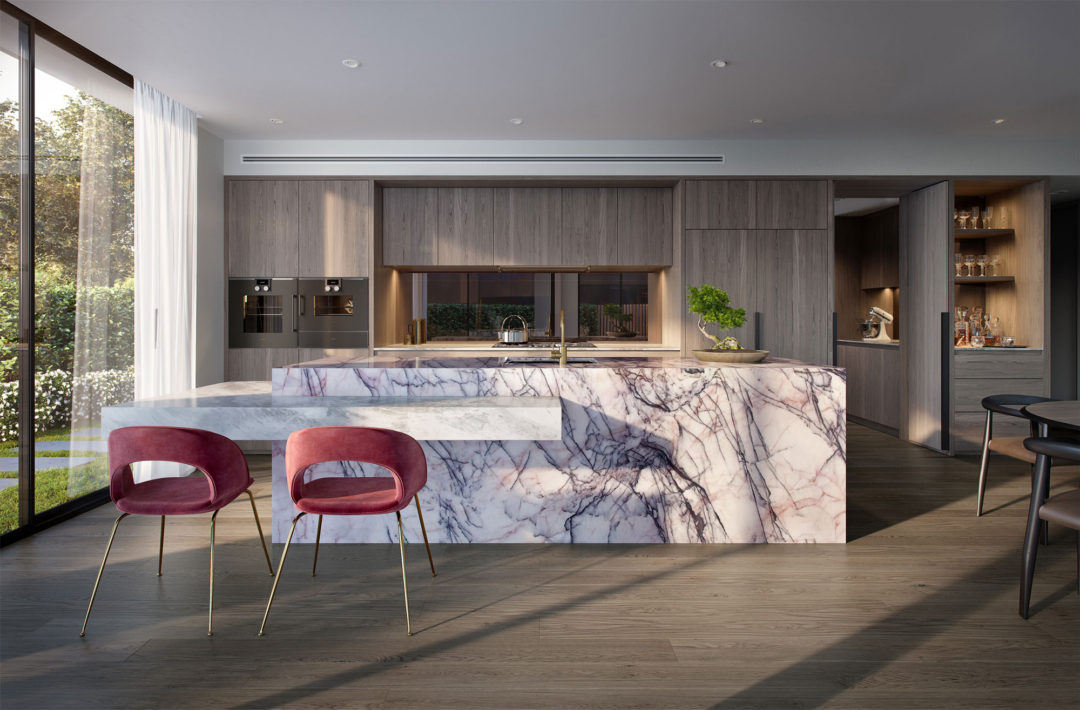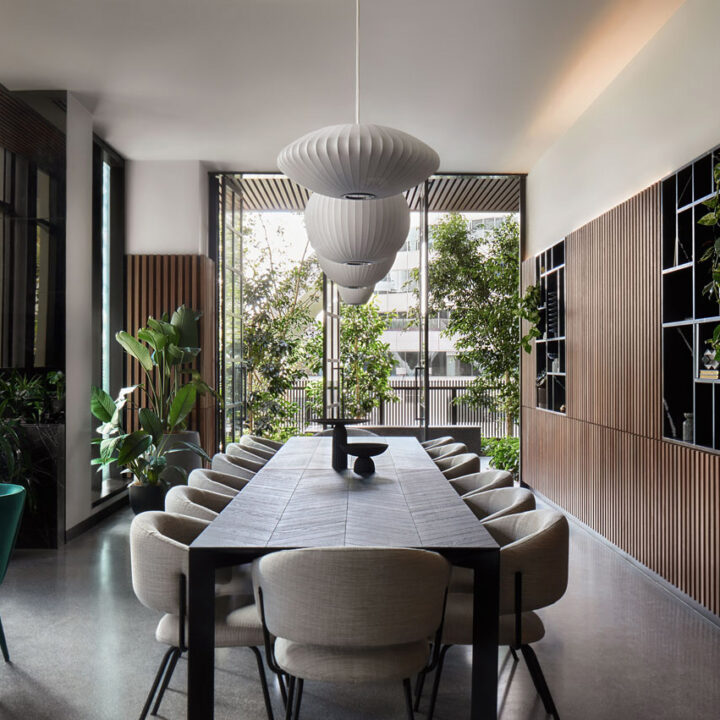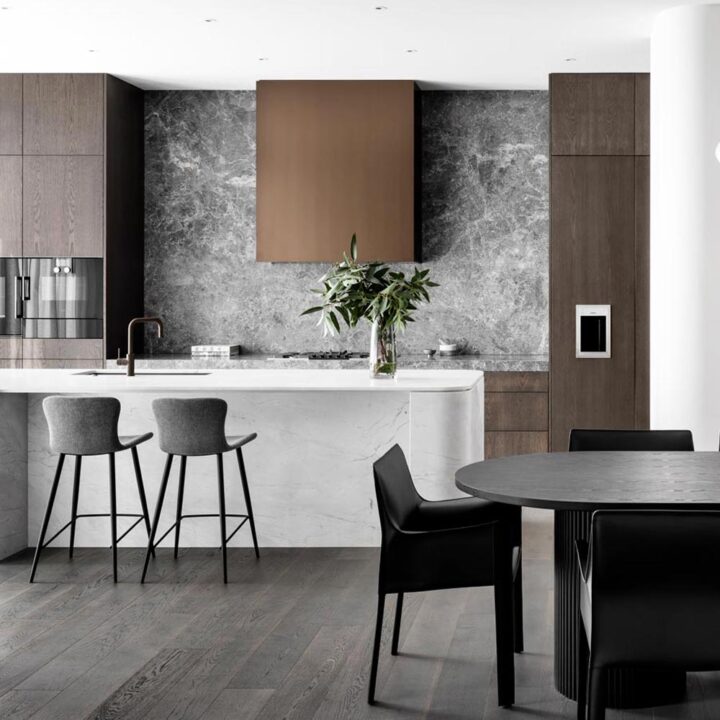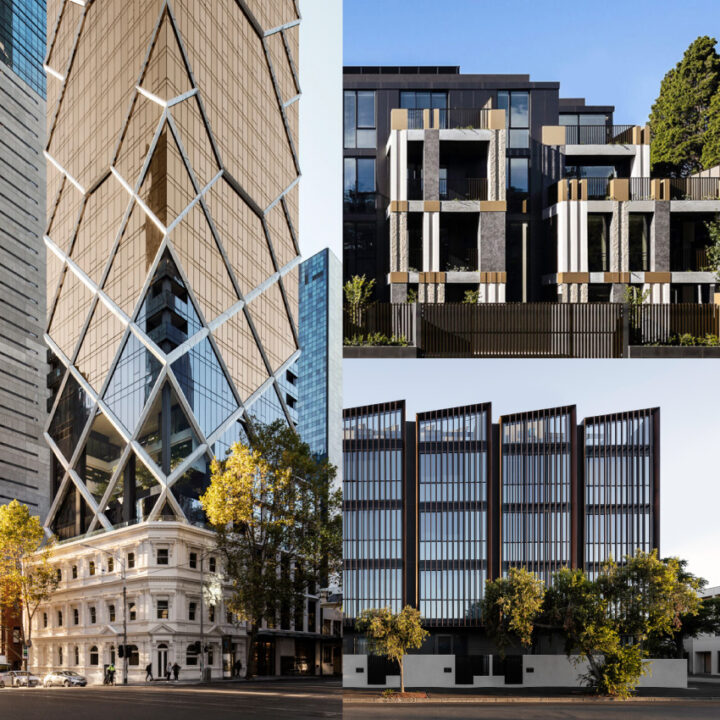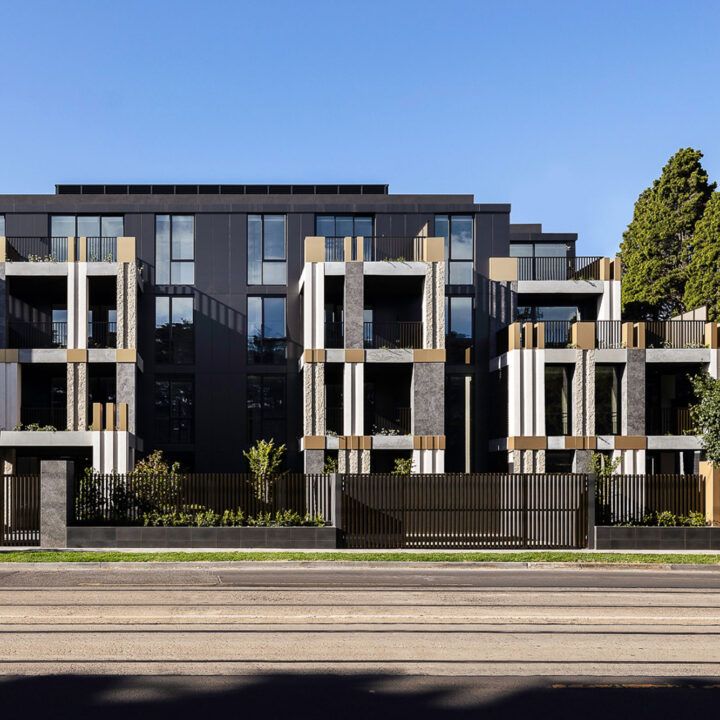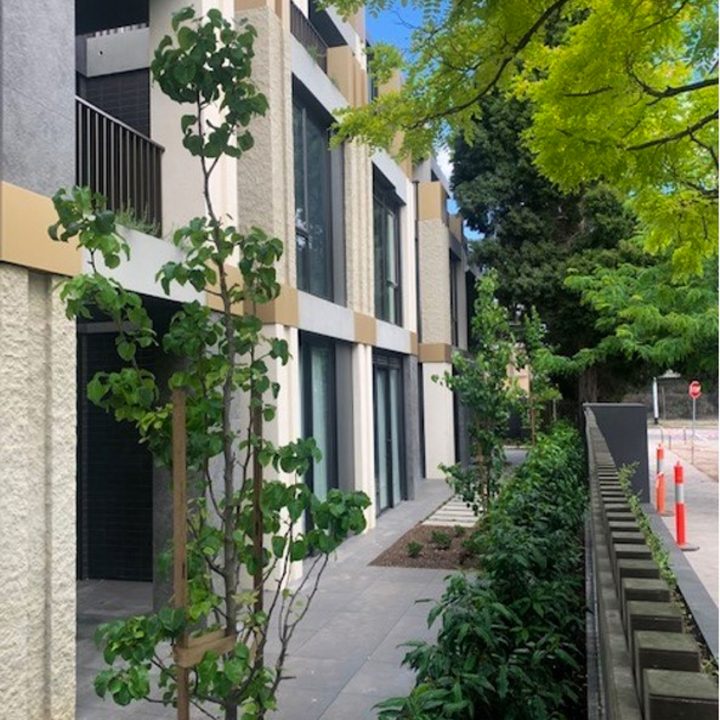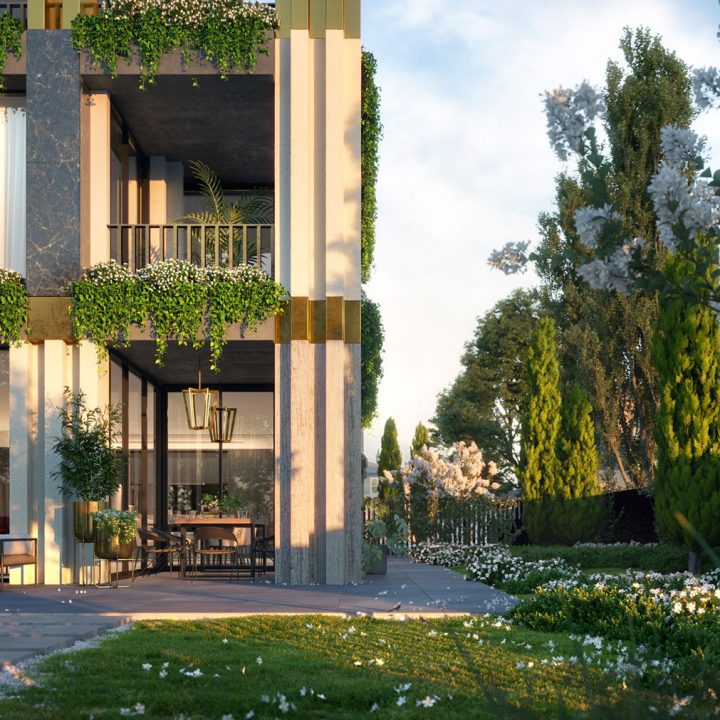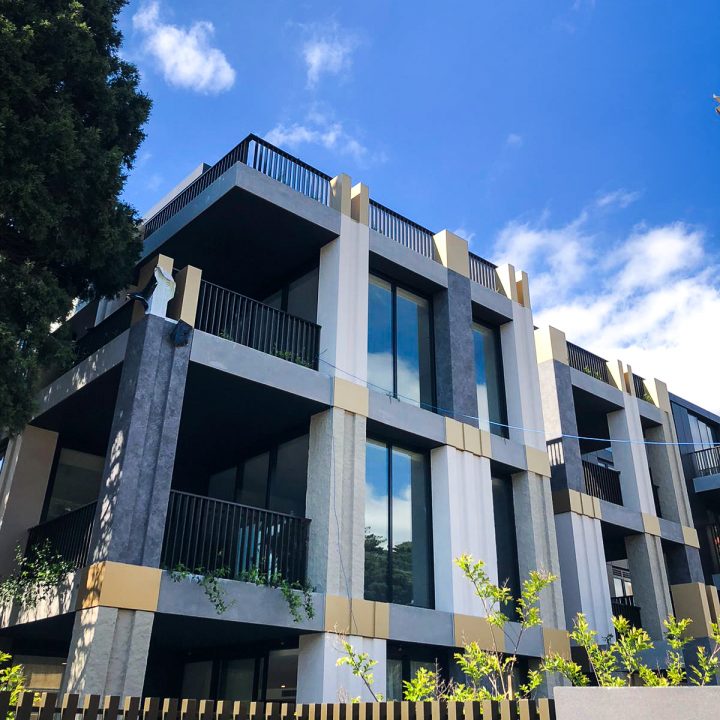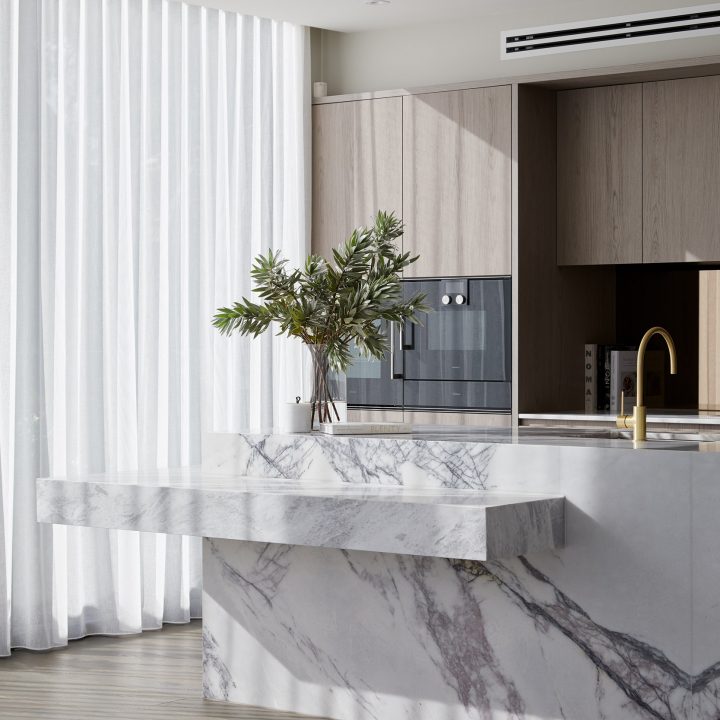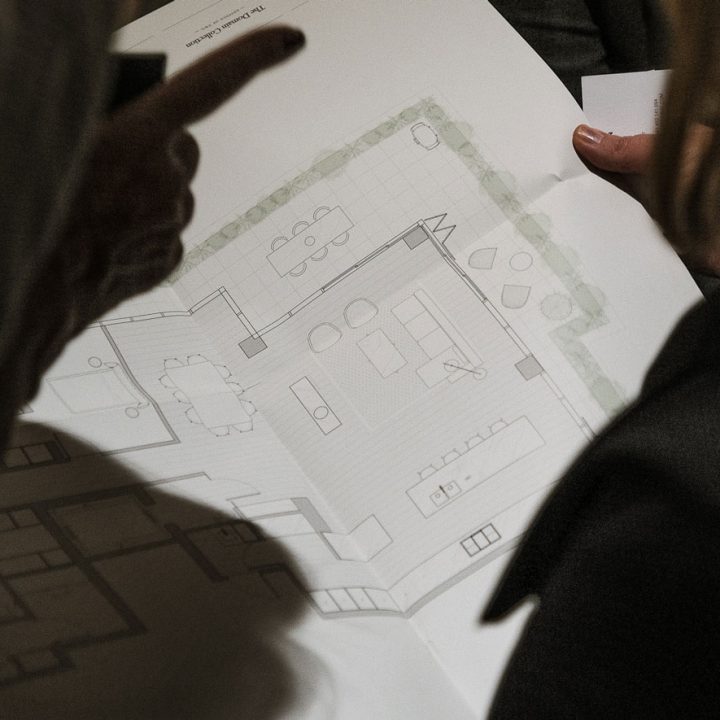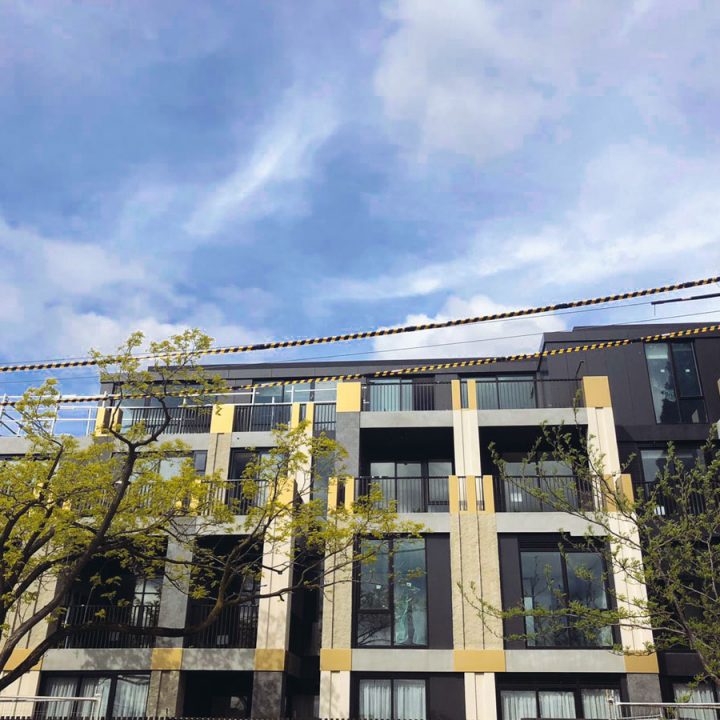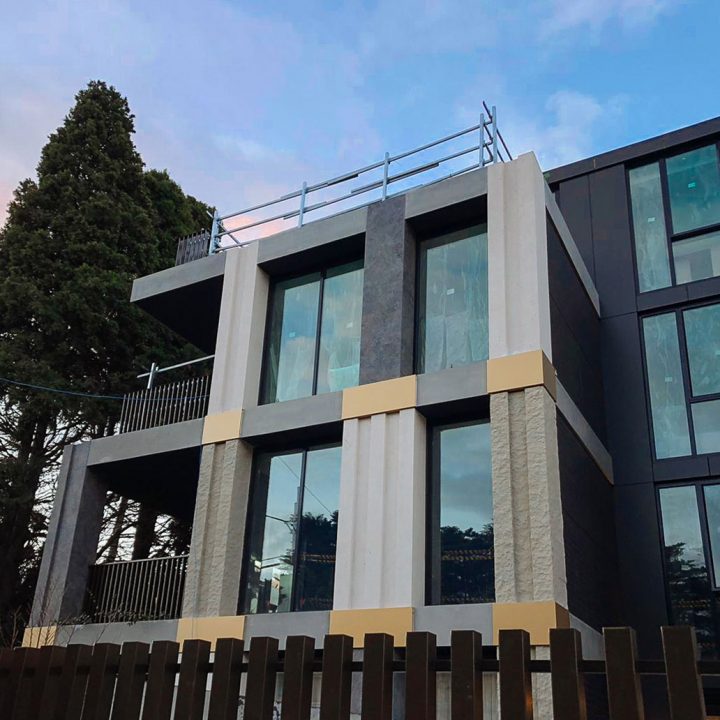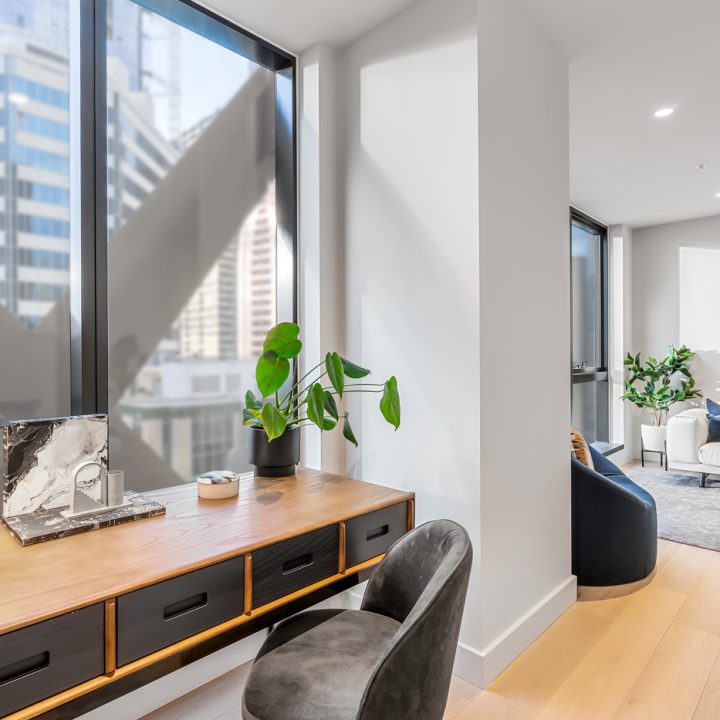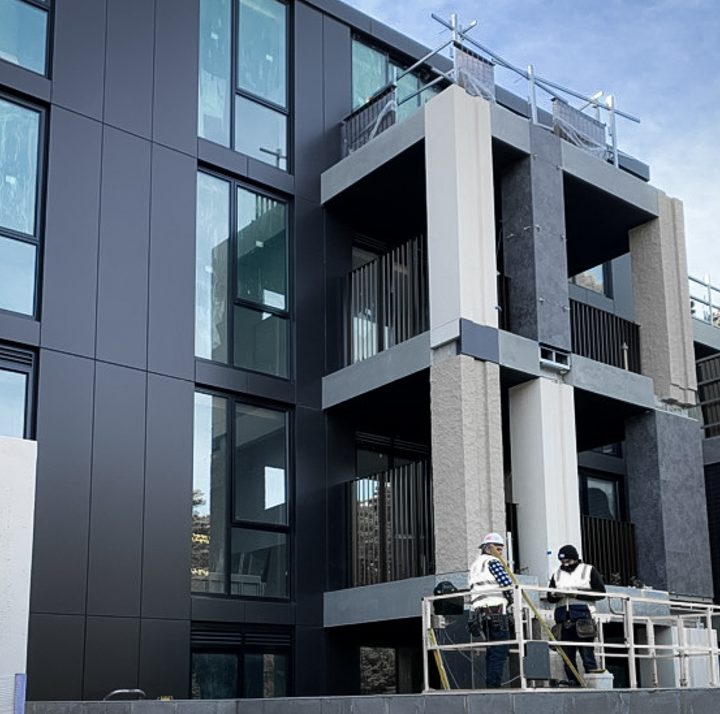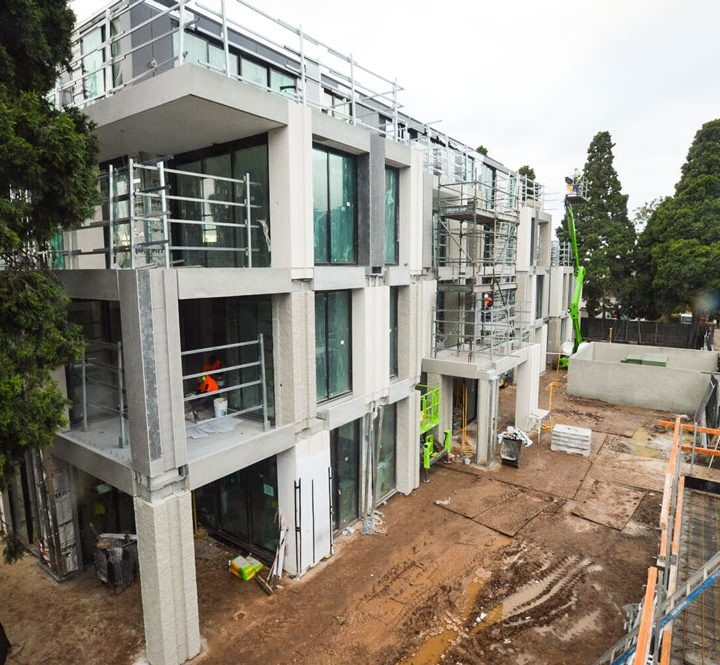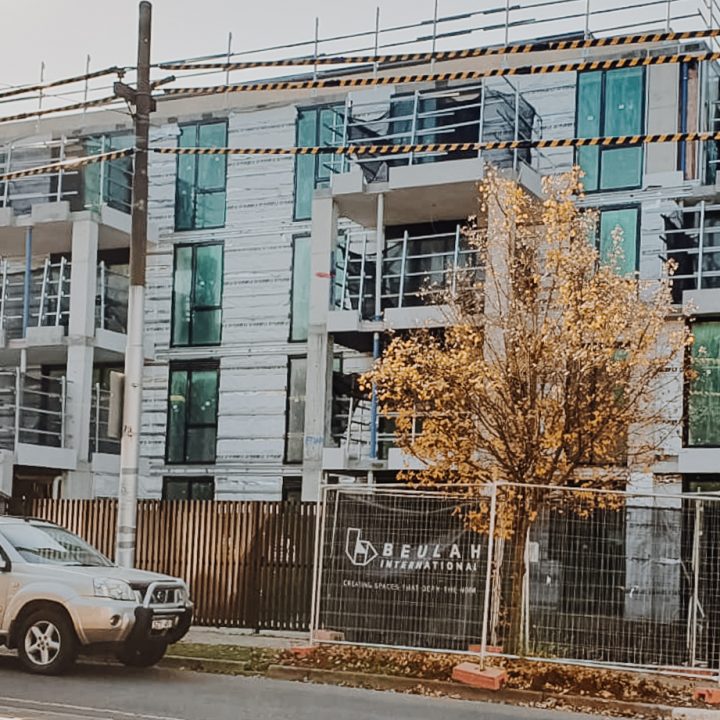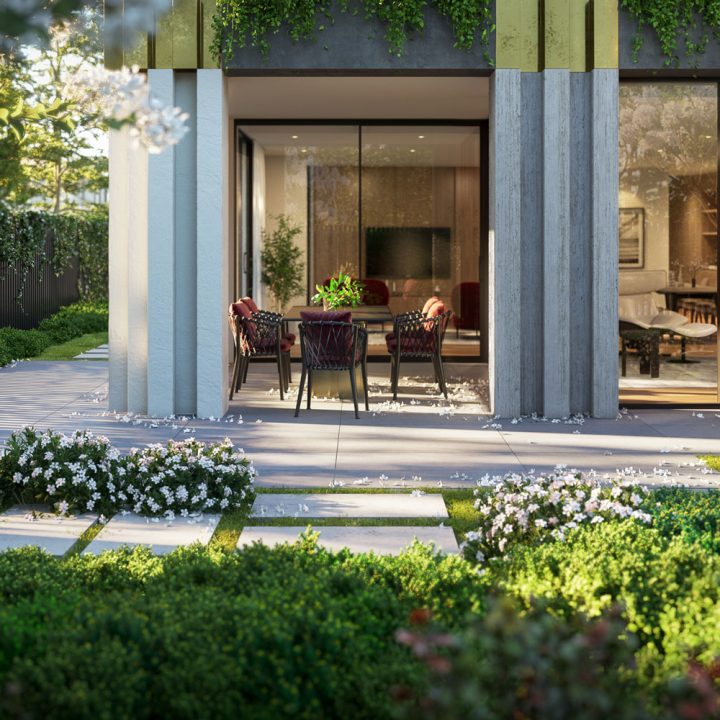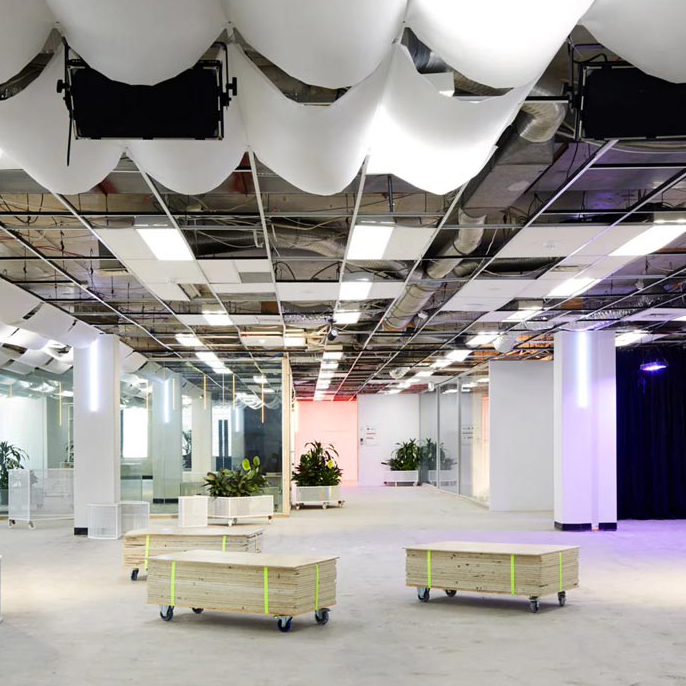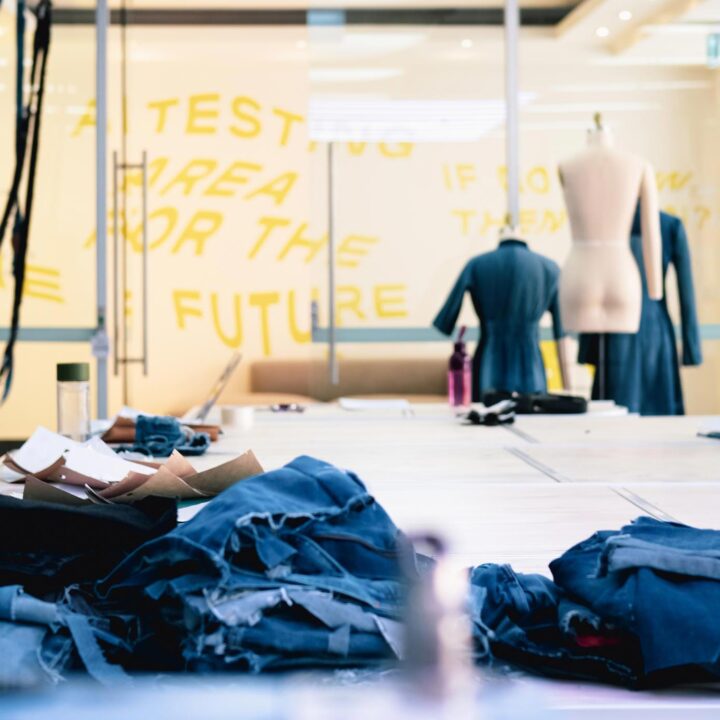In 2007, the British Council commissioned a study to observe the walking speed of pedestrians in 32 cities. In this study, Professor Wiseman and his research team recorded how long it took 70 individuals, who were unencumbered by phones and shopping, to walk approximately 20 metres in a reasonably clear walkway in the city centre. Singaporeans were found to be the world’s fastest movers and took 10.55s to cover 20 metres. Danish in Copenhagen came in second at 10.82s, and Spanish in Madrid took 10.89s. Comparing these figures with an 1999 study by Levine and Norenzayan, our pace of life has sped up by about 10%!
While this increase may be usual for a modern and developed city, there is a cause for concern with the rising need for speed. As Professor Wiseman stated in the research, “As people speed up in their lives, they are not eating properly, exercising or seeing friends and family. All these things can lead to all kinds of things, especially heart attacks.” Perhaps Slow Living, an emerging perspective on living, acts as a countermeasure to our fast-paced world.
Here, ‘slow’ does not mean to reduce speed or to increase the length of time. Instead, it is about being the present and experiencing time for all it has to offer.
This is where design plays a vital role in nurturing such a lifestyle. When we were researching for The Grounds of Kew project, we found that Pallasmaa, a Finnish architect who was also a Professor of Architecture at Helsinki University, wrote about this role profoundly in his books and essays. Similar to how good designs are often invisible, the concepts of Slow Living are described implicitly through a lens of architectural experiences. Here, he urges designers to surpass the idea of architecture based on the visible form, and to delve into how spaces shape our experiences.

